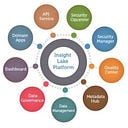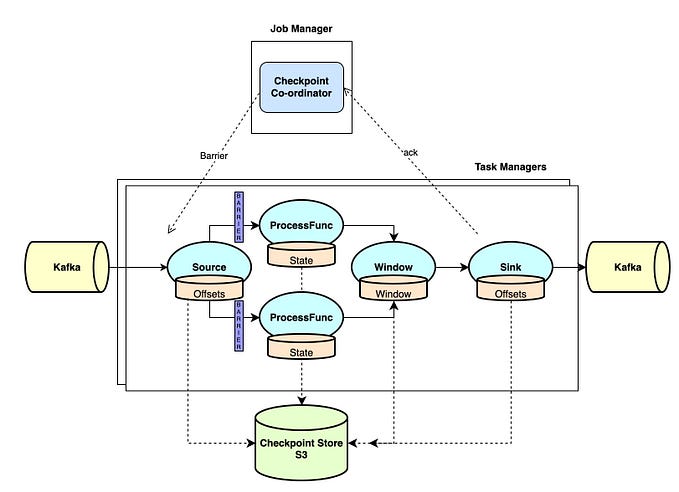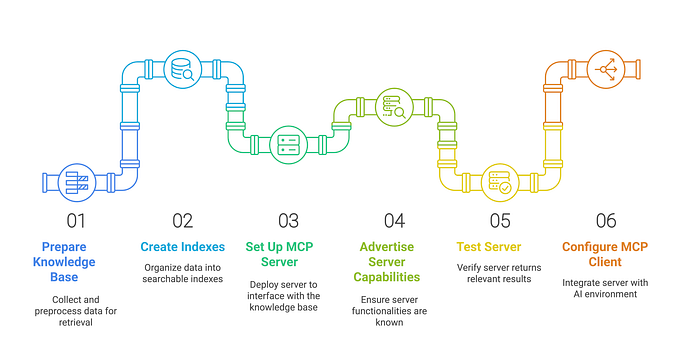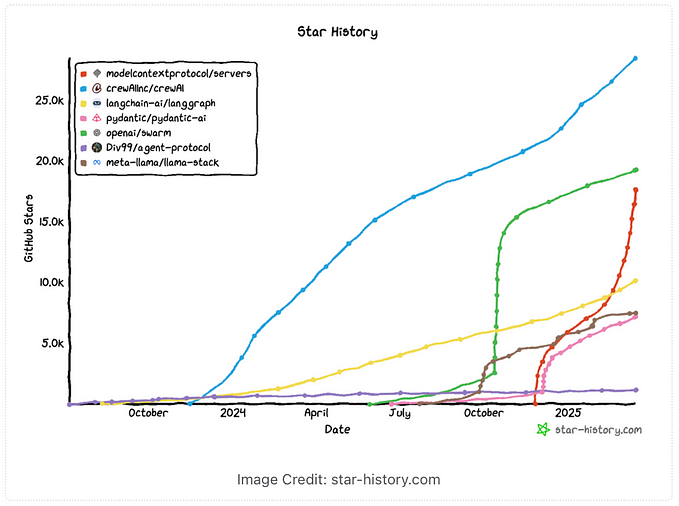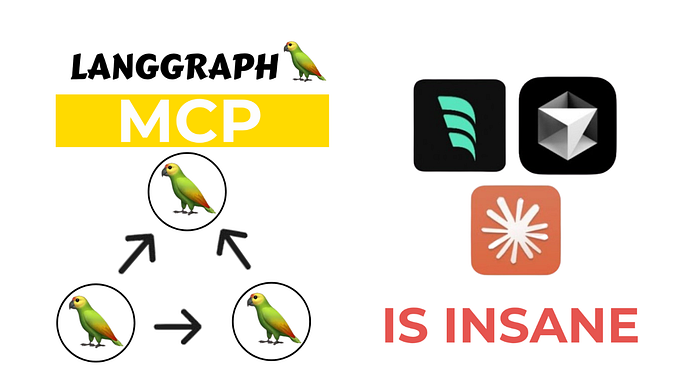InsightRAG Metadata Management: The Foundation of AI-Driven Knowledge

Metadata is the backbone of InsightRAG’s data pipeline and retrieval processes, serving as the connective tissue that ties raw data, governance policies, and AI capabilities together. From ingestion to storage and retrieval, InsightRAG captures and organizes metadata to ensure compliance, traceability, and relevance. This comprehensive blog delves into how InsightRAG manages metadata and leverages it for governance, lineage, and contextual AI.
What is Metadata in InsightRAG?
Metadata is data about data — structured information that describes, organizes, and classifies the content processed by InsightRAG pipelines. When documents, structured data, or other content sources are ingested into InsightRAG, a wealth of metadata is captured. This metadata serves multiple purposes:
- Facilitating governance and compliance.
- Enabling traceability and lineage.
- Enhancing retrieval quality for AI-driven applications like chatbots and search engines.
Categories of Metadata in InsightRAG
1. Business Catalog Metadata
This metadata provides business-level context to the ingested data, ensuring proper ownership and categorization.
Attributes Captured:
- Company: Identifies the organization or entity owning the data.
- Data Group: Categorizes data into functional groups for governance (e.g., Marketing, Finance, Operations).
- Geo Region: Specifies the geographic location of the data’s origin or relevance.
- Line of Business (LOB): Links data to business units such as Insurance, Retail, or Manufacturing.
- Product: Associates data with specific products or offerings.
Use Case:
Business catalog metadata enables governance and access control by tagging data with ownership and contextual labels. For example, financial data tagged with a specific LOB can have stricter access policies applied.
2. Content Metadata
Content metadata describes the structure, format, and type of the ingested data.
Attributes Captured:
- Filename: Tracks the name of the ingested file for reference.
- Document IDs: Unique identifiers for tracing content back to its source.
- Content Type: Specifies whether the content includes text, tables, charts, images, or a combination.
- Chunk Classification: Labels each chunk of data (e.g., as a paragraph, table, or chart).
Use Case:
Content metadata allows InsightRAG’s retrievers to refine search results. For example, a user looking for “2022 financial charts” will benefit from metadata that explicitly classifies certain chunks as charts.
3. Pipeline Metadata
Pipeline metadata captures operational information about how data flows through InsightRAG’s pipelines.
Attributes Captured:
- Runtime: Records the execution time for each pipeline process.
- Workflow Stage: Tracks the stages (e.g., extraction, classification, redaction) data has passed through.
- Pipeline ID: Links data chunks to the specific pipeline that processed them.
Use Case:
Pipeline metadata ensures lineage and operational traceability, enabling teams to identify and debug issues. For instance, if a data transformation error occurs, pipeline metadata can pinpoint the exact workflow stage where it happened.
4. Security Metadata
Security metadata captures sensitive data classifications and security-related actions performed during processing.
Attributes Captured:
- Classification Data: Identifies sensitive information such as PII (Personally Identifiable Information) or PCI (Payment Card Information).
- Redaction Type: Notes whether data was masked, tokenized, or encrypted during processing.
- Compliance Status: Indicates if the data complies with standards like GDPR or HIPAA.
Use Case:
Security metadata is critical for enforcing compliance. For example, when a user queries the retriever, security metadata can determine whether PII should be included in the response or redacted.
How Metadata is Captured in InsightRAG
Metadata is captured at multiple stages of the pipeline:
Ingestion Stage:
- Business catalog metadata is applied during setup or ingestion.
- Source details like filenames and document IDs are recorded.
Processing Stage:
- Extractors analyze content to generate content metadata (e.g., content type, chunk classification).
- Security metadata is added when sensitive information is detected.
Storage Stage:
- All metadata is stored alongside the chunks in the Vector Database (Knowledge Base) and in a dedicated Metadata Repository for governance and audits.
The Role of Metadata in Governance and Lineage
Governance
InsightRAG uses metadata to enforce governance policies, ensuring data is processed and accessed according to organizational and regulatory requirements.
- Data Access Policies: Business and security metadata enable Role-Based Access Control (RBAC), restricting access to sensitive data based on classifications and user roles.
- Compliance Management: Metadata tracks data origin, transformations, and classifications to ensure compliance with regulations like GDPR, HIPAA, and PCI-DSS.
Lineage
Metadata ensures end-to-end traceability, enabling organizations to understand how data moves through their systems.
- Tracking Changes: Pipeline metadata records every transformation, making it easy to trace errors or inconsistencies.
- Auditability: Metadata provides an auditable trail, ensuring accountability and transparency.
Metadata and Retrieval: Enhancing Citations and Context
InsightRAG retrievers use metadata to generate citations and improve the relevance of AI-driven responses.
Citations Generation:
Metadata such as filenames, document IDs, and classification data is included in retriever responses to provide source transparency. For example:
- A chatbot responding to a user query can append a citation like:
“Source: Annual Report 2022, Page 15, Section 4.1.”
Improved Context:
Metadata like chunk classifications and content types enables retrievers to prioritize relevant chunks. For example:
- If a query explicitly asks for charts, the retriever can prioritize chunks classified as “charts” in the response.
How InsightRAG Stores Metadata
Metadata is stored in two primary locations:
Metadata Repository:
- Centralized storage for all metadata attributes, enabling governance, auditing, and reporting.
- Supports relational or NoSQL databases depending on scale and use cases.
Vector Database (Knowledge Base):
- Stores content chunks along with associated metadata, enabling retrievers to access both the content and its contextual attributes during retrieval.
The Future of Metadata in AI-Driven Systems
As AI systems become more sophisticated, metadata will play an even larger role in enabling transparency, compliance, and contextual intelligence. InsightRAG’s metadata management framework provides a scalable, secure foundation for organizations to build trust and efficiency into their AI-powered solutions.
By combining metadata-driven governance, lineage, and retrieval capabilities, InsightRAG ensures that data remains secure, traceable, and actionable throughout its lifecycle.
Conclusion
Metadata is not just a byproduct of data processing; it is an essential enabler of governance, security, and AI relevance. InsightRAG’s metadata management framework captures rich metadata across business, content, pipeline, and security dimensions, ensuring organizations can confidently harness their data for AI-driven applications. Whether it’s for compliance audits, retriever optimizations, or access controls, metadata provides the foundation for InsightRAG’s transformative capabilities.
